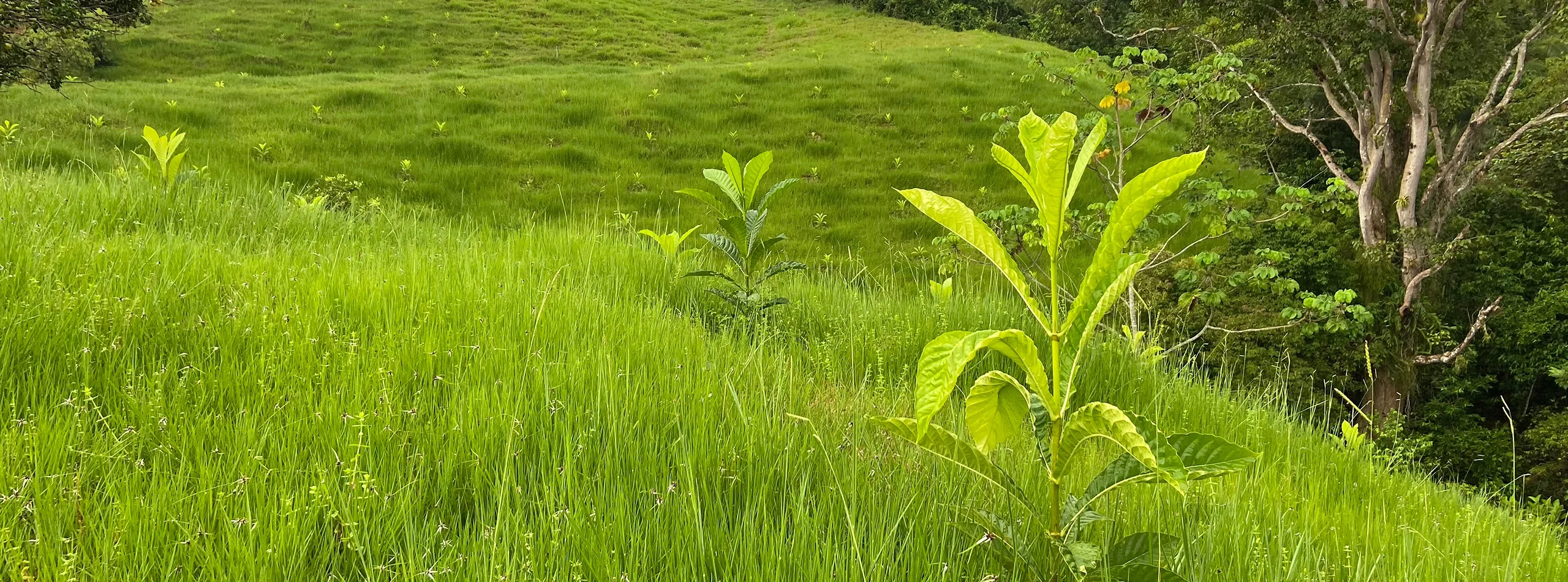Article | Aug 25. 2025 - 8:04AM
Thinking about switching to natural colors? Here’s when – and how – to start preparing
Food and beverage manufacturers are increasingly exploring natural alternatives. The great news is that nature offers food and beverage producers multiple solutions for natural pigments.
Marta Wieczorek
Head of Global Sourcing
With the right foresight and preparation, you can fully unlock the potential of natural color alternatives for your products and ensure consistent, reliable outcomes. However, as Marta Wieczorek Head of Global Sourcing at Oterra highlights, advanced planning is the key to success.
Transitioning to natural colors isn’t something that can be done overnight. If you're a manufacturer eyeing the shift to natural colors, Marta’s advice is clear: You need to start preparing now.
“It won’t happen from one day to another,” she says. “There’s still a cycle of around three years to complete.” This includes everything from application testing to securing and contracting supply. Many manufacturers are already running product trials now to secure their preferred solutions in time for future deadlines.
Why the rush? U.S. Regulatory pressures are accelerating change
States like California, Texas, and Delaware are pushing forward with regulations to limit the use of artificial colors – even ahead of federal guidance. For food manufacturers, this means pressure to convert is intensifying, especially for products sold nationwide. Being ahead of the curve isn’t just smart planning – it’s strategic protection.
Not all naturals are created equal
Timing largely depends on the type of natural pigment you’re looking to source. For those derived directly from agricultural crops – such as red sweet potatoes or annatto – planning needs to begin much earlier. For instance, red sweet potatoes have a nine-month growing cycle.
“You need to anticipate your needs 12 - 18 months in advance,” Marta explains. That means volumes must be secured before planting even begins, to engage farmers, preparing land and seeds Annatto trees having an even longer growing cycle compared to many other natural sources. The first harvest can only be obtained after one-and-a-half to two years, while the trees reach their full potential after three to four years.
In contrast, pigments like spirulina or carotenoids offer more flexibility. These are not tied to seasonal harvests and can be produced year-round. Though some carotenoids are produced from plant materials, many are synthesized or created through fermentation processes, allowing for more consistent availability. However, Marta notes that scaling up production of these ingredients may still require significant capital investment, especially if demand surges quickly.
Commitment drives supply
One of the most important factors in securing natural color supply is committing early. “To increase and secure supply, commitment from clients on volume and timing helps accelerate the process,” Marta says. “That commitment allows companies like Oterra to expand cultivation areas, strengthen supplier partnerships, and invest in production capacity. The long lead time is precisely why Oterra is investing significant time and expertise to be close to the source.
“We are actively and transparently engaging farmers on this transformation journey to secure sustainable and reliable access to raw materials. Manufacturers who delay decisions risk limited availability – and may be forced to compromise on their preferred solutions.”
This is especially important for colors in high demand, such as reds, blues, and yellows. Multiple pigment solutions often exist for each color (e.g., red beet, carmine, or red sweet potato for red), but availability will be driven by early formulation decisions.
Before any contracts are signed or fields are planted, product development teams must finalize which pigment performs best across key factors like functionality, cost, and stability. Testing is already happening now with many Oterra clients – typically two to three years ahead of expected product launches.
Biotech: The scalable future of natural colors?
Biotech solutions represent a promising future for scalable natural color sourcing. Because they’re not dependent on growing seasons or farming land, they offer year-round availability and more predictable supply. Spirulina, for example, is one of the primary replacements for blue lake dyes, and Oterra has already begun producing spirulina in bioreactors 24/7 to produce Arctic Blue – providing food and beverage producers with a vivid, natural blue color with an impressively low carbon footprint.
A global sourcing network – backed by local expertise
What sets Oterra apart as a sourcing partner? According to Marta, it’s the combination of global scale with local sourcing expertise.
“We have agronomists and sourcing teams on the ground where our raw materials are grown and well diversified sourcing regions” she says. This allows Oterra to respond quickly to shifts in climate, geopolitics, or demand. Another unique strength is Oterra’s work in breeding and agronomic development. By developing proprietary or exclusive plant varieties with higher pigment yields, Oterra helps reduce cost and improve efficiency – while keeping the sourcing process sustainable and secure.
Flexibility through diversification
Climate change and geopolitical risks have made geographic diversification essential. Oterra continues to expand and diversify its sourcing footprint so ingredients like annatto, sweet potatoes, carrots, and black carrots can be grown in multiple countries/ regions and at the same time processed into final product closer to the markets where they’re used. Materials like turmeric, which require specific growing conditions, will remain tied to regions like India or Thailand.
Start now, secure later
For large manufacturers with multiple brands, think about prioritizing premium product lines first – where cost sensitivity is typically lower. This allows for a phased approach that starts with the highest value products and gradually scales as formulations and sourcing stabilize. With regulatory momentum increasing and consumer demand rising, the clock is ticking for food and beverage brands looking to switch to natural colors. Whether you’re converting one product line or an entire portfolio, the process – from application testing to farming contracts – requires a lead time of up to three years.
Manufacturers who act early will have more choices, greater control over quality, and a stronger position in a competitive supply landscape.

